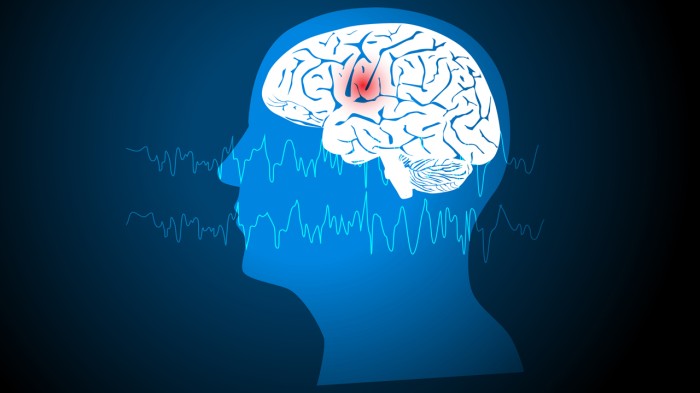In CPD Modules
CPD modules help to expand your clinical knowledge on a whole range of topics. Make sure you log your learning so you can track your progress and add to your online revalidation record.Bookmark
This is the second module in a new series supporting pharmacists in conversation with patients who are receiving a new medicine. The modules will cover medicines used in the conditions that have been added to the New Medicine Service in England but are relevant to all pharmacists.
This module deals with medicines to address seizures as part of the management of epilepsy and covers the three most commonly used first- line anti-seizure medicines (ASMs): lamotrigine, levetiracetam and sodium valproate.
Key facts
- Over 670,000 people in the UK (one in 100 of the population) have a diagnosis of epilepsy
- A typical community pharmacy will see 45 patients with the condition
- Seizures are mainly managed via medication and community pharmacists can play a vital role in treatment optimisation
- Epilepsy can be diagnosed at any age but it is most commonly identified at birth and in older age due to the link with cerebrovascular disease
- The medicines that used to be called anti-epileptic drugs (AEDs) are now known as anti-seizure medicines (ASMs),
which is considered a more accurate term
Contributing author: Trudy Thomas, epilepsy specialist pharmacist, Medway NHS Foundation Trust, and Kent and Medway CCG; senior lecturer, Medway School of Pharmacy.

